HanaabiTHE PREMIUM 純米大吟醸 山田錦40 おりがらみ
SakenowaRecord your sake experiences and discover your favorites
花陽浴Hanaabi
Flavor Chart®
A chart created from flavor analysis of user comments.

Flavor Tags ®
Tags generated from flavor analysis of user comments.
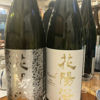
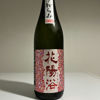
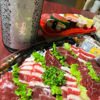
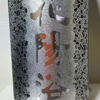

Popular Comments
At my usual izakaya....compare the Hana-Hiyo-Yu drinking.......I'd have to say Pineapple......hard to say which one is better......Hachitan-Nishiki......the pride of Saitama people......Hana-Hiyo-Yu delicious....
Japanese>English
Smell of pineapple
Slightly ripe pineapple flavor with a hint of pineapple candy, sweet and clean, with good flavor on the palate, a bit of bitterness on the finish, and a nice sharpness. Delicious.
When the temperature rises, the sweet rice flavor and alcohol taste. It is better to cool it down.
Japanese>English
Today, we had a party with my family... and I opened a bottle of Hanahayo... and poured only the top clear liquid into the glass... it is a light amber color, pineapple aroma... and the taste is sweet and delicious... I guess it has a good balance... when you drink it with a little bitterness... it is even more delicious... .......even more delicious......in my opinion, it is a "Winner🏅♪"! We had a delicious party with my favorite sake and horse sashimi....
Japanese>English
Brands from Nan'yo Jozo
Hanaabiainosano
Similar Brands
We analyze the flavors based on everyone's comments and select similar brands.
Location
5951 Kamishingō, Hanyu, SaitamaOpen in Google Maps
Timeline
HanaabiTHE PREMIUM 純米大吟醸 山田錦40 生原酒

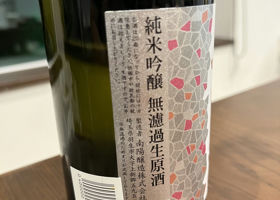
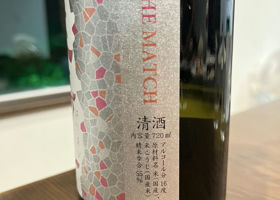
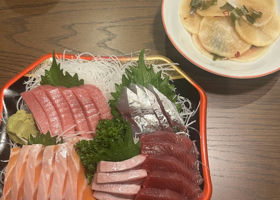
Kouzou
HANA-YOUNG BATH
It's quite rare!
The second one in my life!
Full-tea but with an aftertaste that never gets old!
I tasted it and drank it.
It was gone in no time 😭
I wonder when I can drink it again😅
Japanese>English
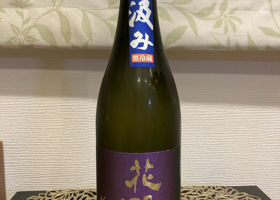
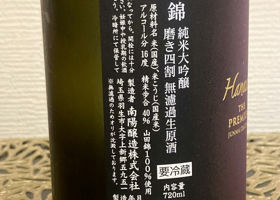
やん
It's been a long time since I've had a hana-yori.
I drew myself in a gara-pon long ago.
sake, when shall I take the opportunity to drink? I was wondering when I would have a chance to drink it.
I was thinking about it and 5 months have passed.
Today, my daughter got her driver's license
I'm so happy to hear that she passed her driving test.
👏㊗️🙌
It's like she's grown up one more time.
I'm so happy I decided to open the bottle 😤.
Pinappo as always 🍍.
This is the first time I've had this Huayouyu,
I drank it for the first time, but the flavor and sweetness swelled up in my mouth like crazy.
The sweetness and flavor is so much more than I expected.
It is truly a premium sake!
I enjoyed it very much 🙏.
Purchase price ¥3850(720ml)
Japanese>English
ma-ki-
Good evening, yan!
Congratulations on your daughter getting her car license 🎉!
Isn't it great to see your child grow up ✨
Huayangyang looks perfect for such a good day - it looks delicious 🤤.
I would love to drink it someday 😊.
Japanese>English
やん
Good morning, ma-ki-.
I'm glad you got your license,
But the insurance will be tripled 😱.
If you can enjoy it as much as we did this time 😭,
I have nothing to complain about 😭
Japanese>English
ジェイ&ノビィ
Hi, yan 😃.
I'm glad your daughter got her license 🚙! I'm glad to have more drivers, but also scared😅.
And I totally understand 😱 about the insurance premiums going up!
Japanese>English
やん
Good evening, Jaynobi.
Since the insurance will be all ages,
I was prepared for that, but I didn't expect it to triple🥶.
Well, my daughter doesn't drive to school.
I'm going to get a one day only insurance for a little flirting when she drives to school 😅.
I'm going to do it 😅.
Japanese>English




sakepower
It's for your drinking record 🍶📸.
Japanese>English
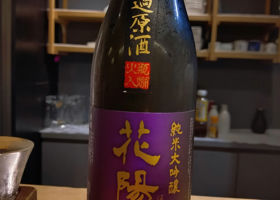
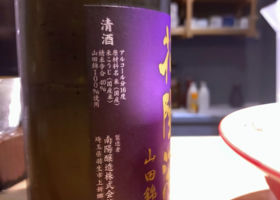
akikoda3
HANAOYAKU Junmai Daiginjo Yamadanishiki 40 Unfiltered Harajuku
Rated 4.5-4.6
Ingredients : Yamadanishiki from Hyogo Prefecture, Polishing ratio : 40%, Alcohol content : 16-17%.
This is a medium-bodied sake made from 40% Yamadanishiki, the highest grade of Hanahayo. This is a superb Junmai Daiginjo "Shizukusake" made from 40% polished rice of Yamadanishiki produced in Hyogo Prefecture. It has a noble aroma and a clean, yet mildly sweet taste.
Elegant, light and dry with pineapple aroma. Well balanced.
Japanese>English
mixbelly
I'd like to drink it.
Japanese>English

ちっち&ごー
Aroma super gorgeous.
Mouthfeel is sweet and slightly carbonated. Slight sourness and strong sweetness, but with a light aftertaste that does not linger.
Alcohol 15%.
Sake level: Normal
Acidity: High
Star ⭐️⭐️⭐️⭐️
Japanese>English

hige
The acidity is rather mild and the umami is assertive.
The balance between the two is exquisite, and the satisfaction of drinking Huayotsu is very satisfying.
★ ★ ★ ★ ★ ★ ★ ★ ★ ★ ★ ★ ★ ★ ★ ★ ★ ★ ★ ★ ★
Japanese>English
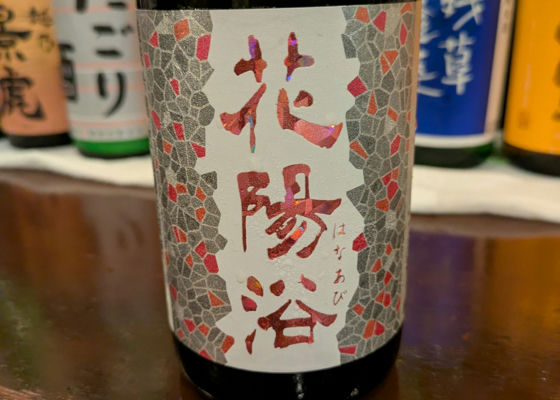
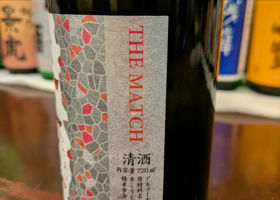

gk1
At a nearby bar,
At a sake party where you can compare more than 20 brands of sake.
Delicious as always.
A little fizzy?
I like it very much. It's gorgeous, clear and fruity.
Japanese>English
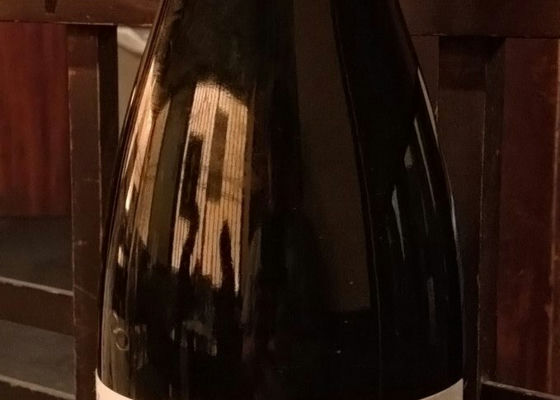
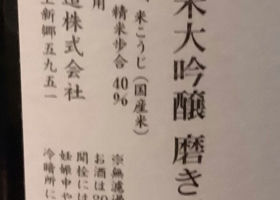
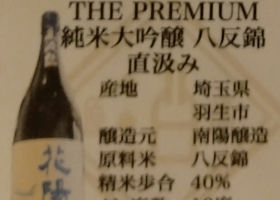
dorankdoragon
Fresh aroma like melon 🍈.
First of all, flavor and acidity 👍️
Fresh taste ✨
Lemon-like bitterness also comes in a little later 🍋.
A refreshing aftertaste 🎵
Japanese>English

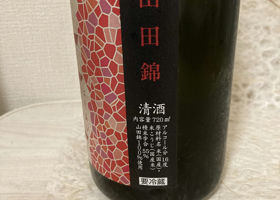
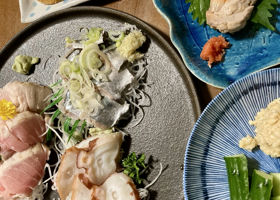
ハリー
Hanahanoyasu Yamadanishiki
Hanaabi-chan after a long time
She was sleeping and not showing it 😊.
As usual, it's so shiny and crispy!
Delicious 😋 but it has a bit of bitterness
I think it has a little bitterness
Japanese>English
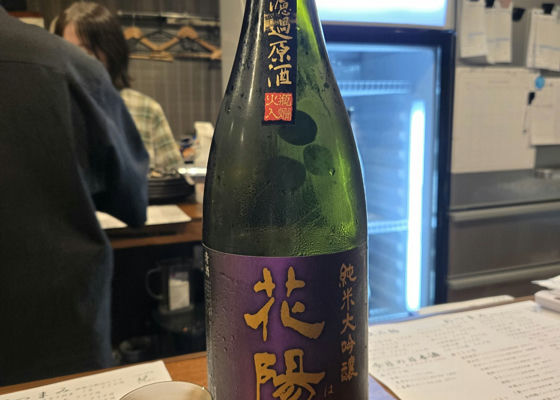
Hanaabi純米大吟醸 無濾過生原酒
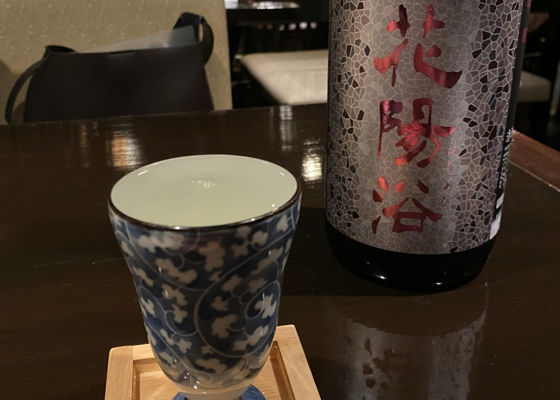
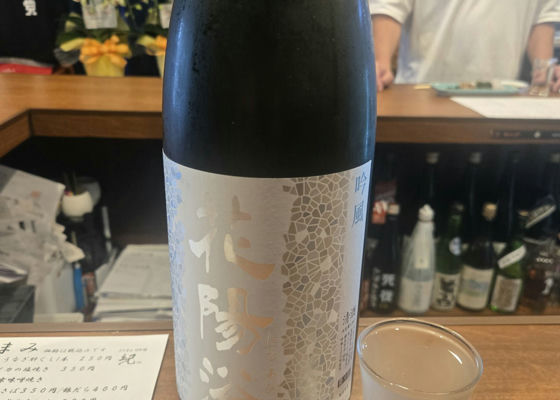
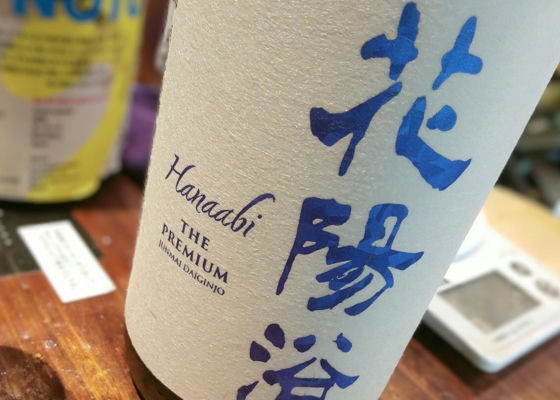
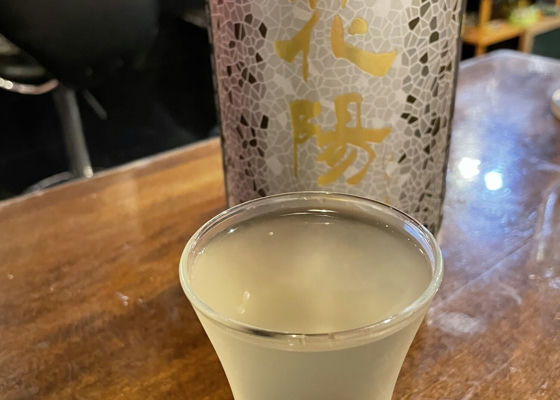
蜻蛉切
Adult Pineapple Juice
Japanese>English
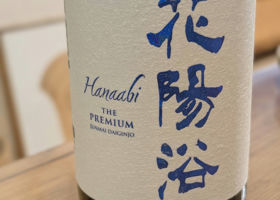
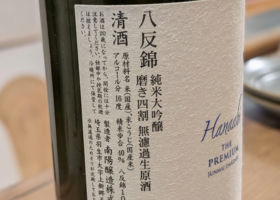
かいくんぱぱ
720 3080 yen
It is weaker than the pineapple taste of Ginpu, but it has a rich taste and the strength that only sake can have.
The sweetness is also quite strong, so there are different tastes.
It has a flavor that can be drunk slowly rather than quickly.
It is not a light sake, so I think you can choose what to eat with it.
It is interesting that the expression of the same hana-yosu can change considerably depending on the rice used for sake.
Japanese>English